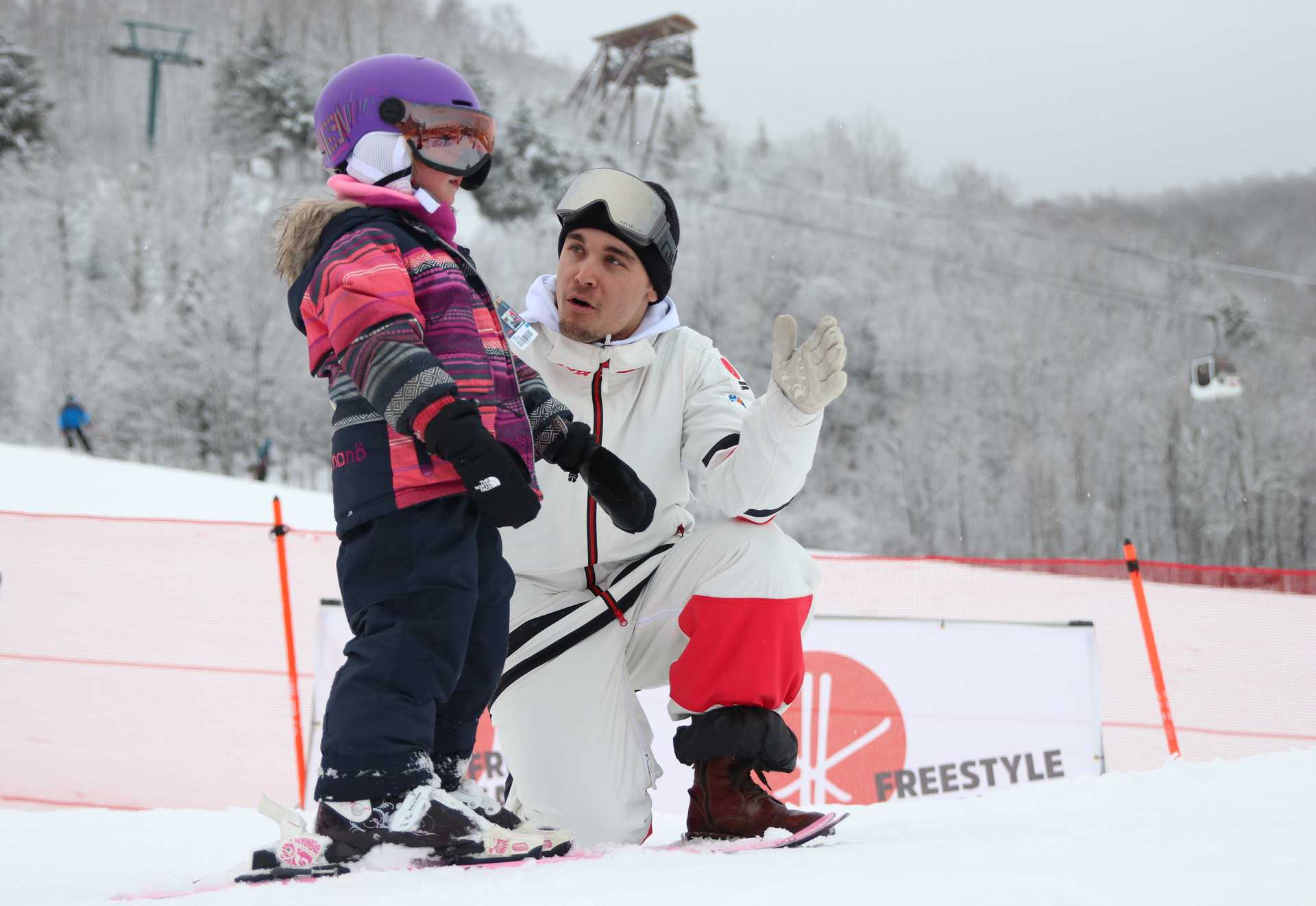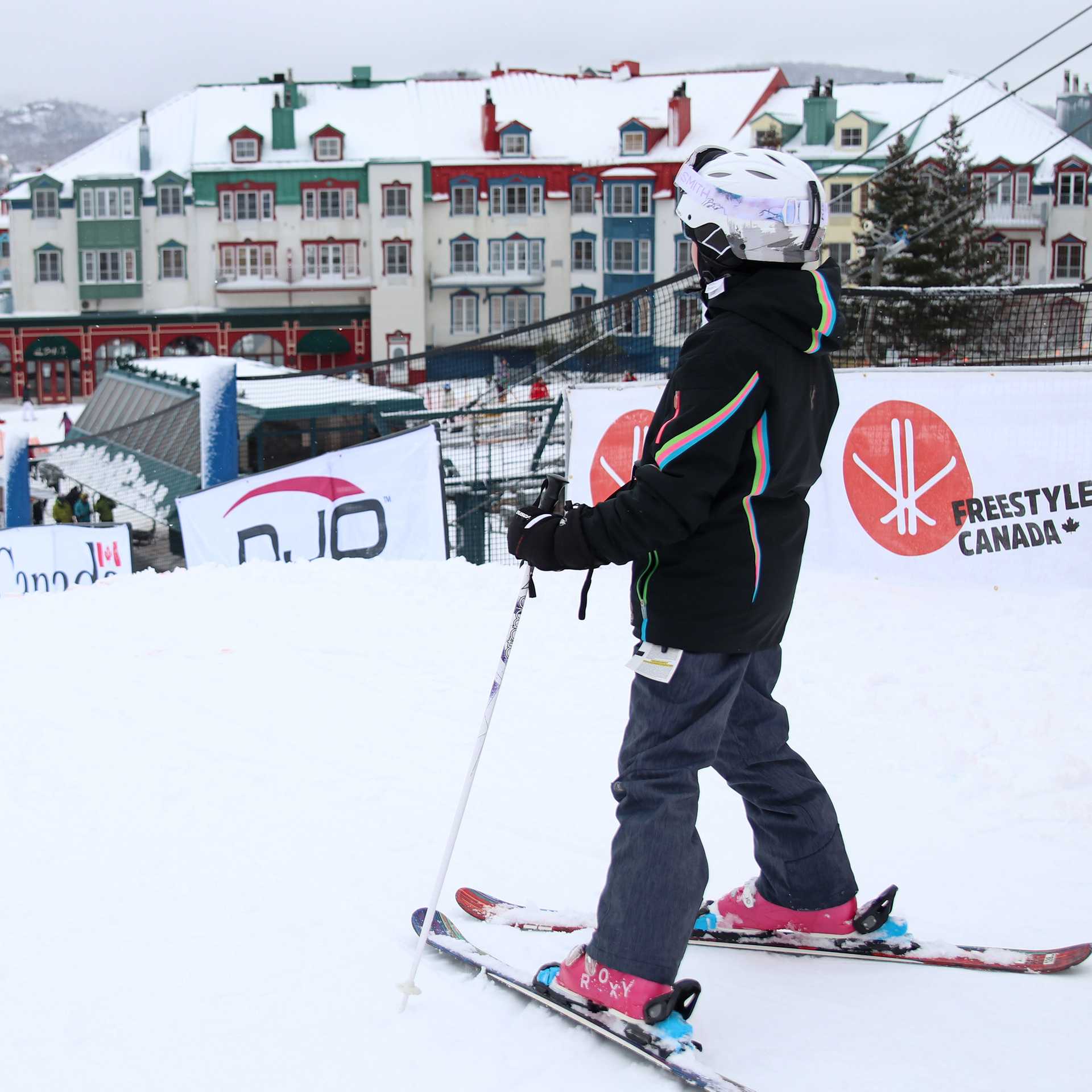Goals
- Build a solid movement foundation
Key points
- 0-6 years old
- For the child to learn the fundamental movement, the following have to be taken into consideration:
- the body needs to mature, and every child will develop at their own pace;
- opportunities to practice and explore their limitations in a safe environment need to be offered.
- Before developing a passion for the sport, the child needs to create an emotional association with physical activity. Children should experience the freedom of play and embrace small successes.

Athlete Skills
At this stage, the most important is to teach the child the fundamental movements which are:
- Locomotor skills
- Object manipulation
- Balance skills on land, water, snow and air
Physical
- Brain and nerves:
- Time of significant production of brain cells resulting in a considerable number of new and meaningful connections between the brain cells and between the brain and the muscles
- Active play helps the production of those important connections.
- It’s around 2 years old that a signal can be conduct along the full length of the nerve. This allows more control of the movement patterns.
- Muscles and bones:
- The stress they put on their body triggers the strengthening of both bones and muscles.
Ski
- Use broader stance on ski to create a wide base of support until the child is strong enough to support the weight of his head and helmet.
- By the end of this stage:
- Start to ski with parallel skis.
- Improve ability to stop and turn on skis in a variety of environments.
- Control speed through turning.
- Practice weight transfer from outside ski to outside ski from turn to turn.
Acrobatic
- Developing excellent spatial awareness requires children to learn how to jump and land, push off the ground, and jump in the air with turns.
- In between 2 and 4 years old, Children start tumbling, spinning, and rolling which assists in brain development and the ability to keep track of their bodies’ orientation in time and space.
Psychological
- The goal in this stage is for young children to have positive experiences while sliding on the snow.
- Provide challenges with success and failures to help develop confidence.
- Develop the child’s self-concept.
Training Structure
- Activities should be fun, part of the daily routine, and diversified.
- Entry level in different sports.
- The sporting environment is safe, enjoyable, inclusive, and exciting.
- Between 4 and 6 years old:
- Aim to ski as often as possible with parents.
- Participate in a ski school program.
- Try to do 45-60 minutes per week in a gymnastics class.
- Participate in some structured and unstructured sports (in-line skates).
Coaches
- Make a personal connection with each child.
- Focus on giving them a positive and respectful experiences.
- Find little successes in everything they do.
- Bring everything back to fun and effort. Avoid reference to talent or outcome.
- Help spark the child’s imagination
Terrains
Events & Competition
- Children are encouraged to participate in fun skill development activities at their home ski resort and gymnastics club.
Judges and officials
- No freestyle ski judges are needed for the fun activities at this stage.
- No freestyle officials are needed for the fun activities at this stage.
- Volunteer parents will be needed to help and the official level 1 is recommended.
Other Influences
To come






